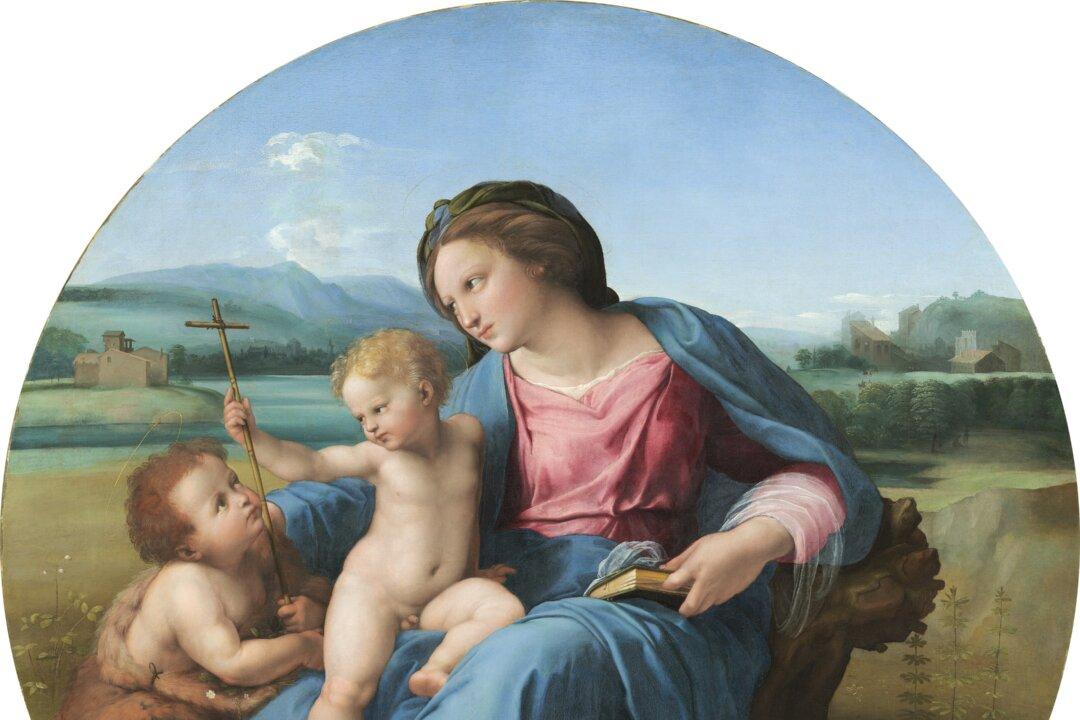Beauty, goodness, and righteousness—the glory of God and our true human nature—can all be found in Raphael’s art. That’s why, even in 2020, 500 years after Raphael’s death in 1520, his art still has the ability to uplift us and give us hope. And that’s why Raphael’s art is still relevant and much needed in this world, when all around us can seem anything but good.
Raphael’s paintings and drawings in particular connect us with our inner worlds in a way that brings us back to our own goodness. Or at least his art reminds us of our best selves.






